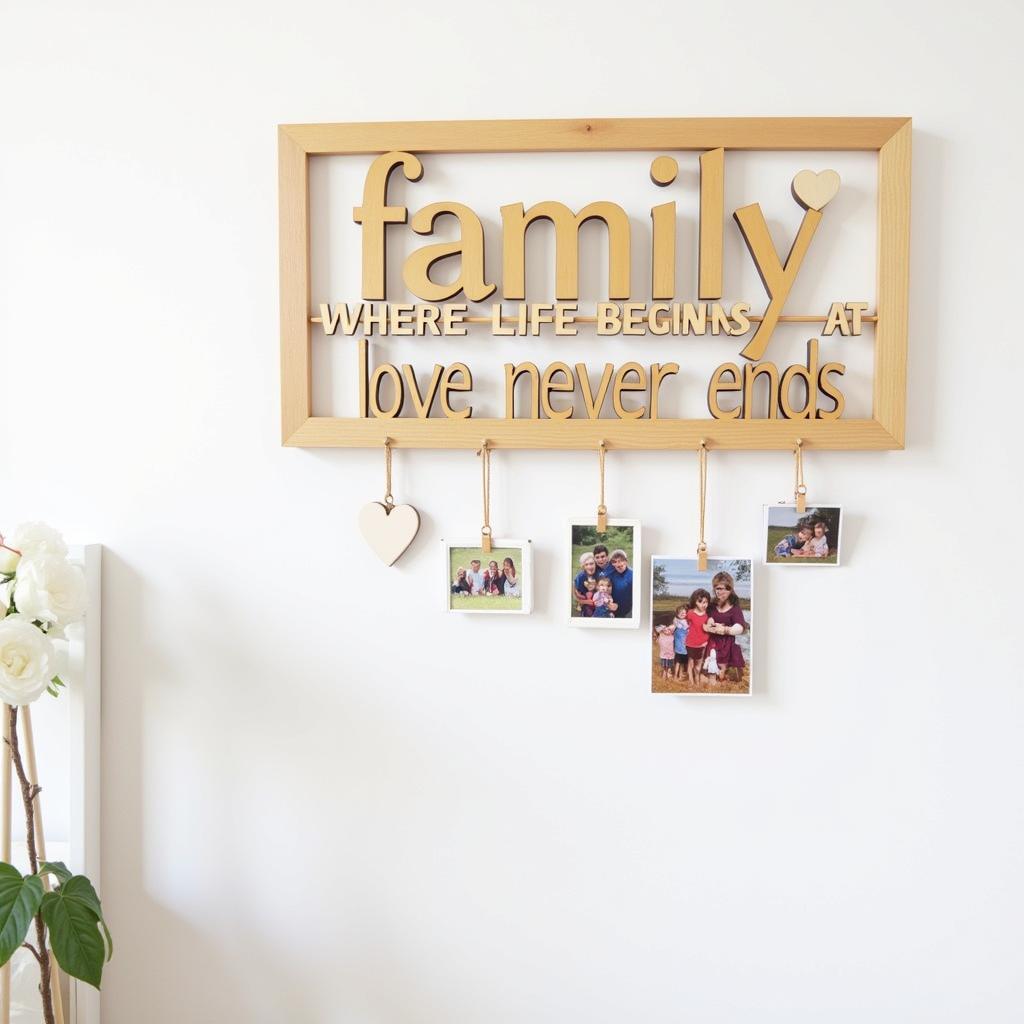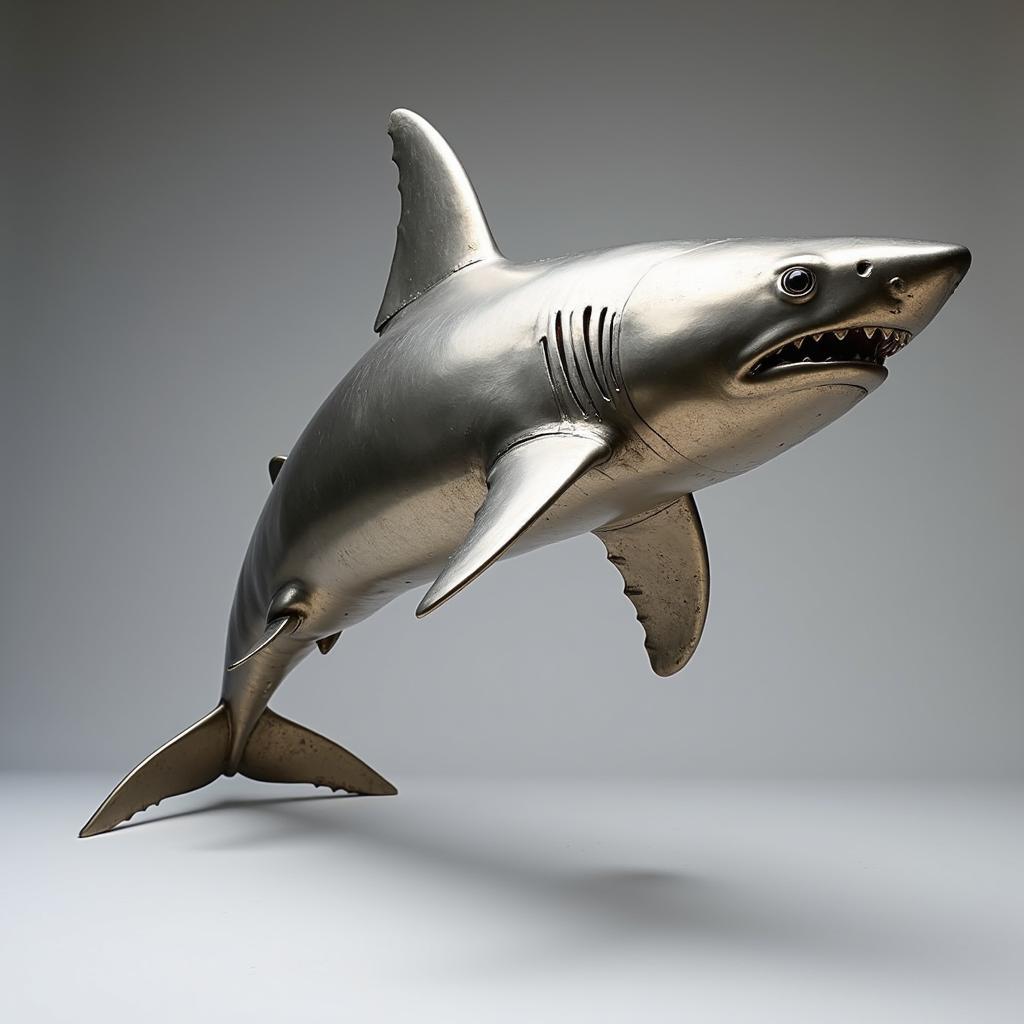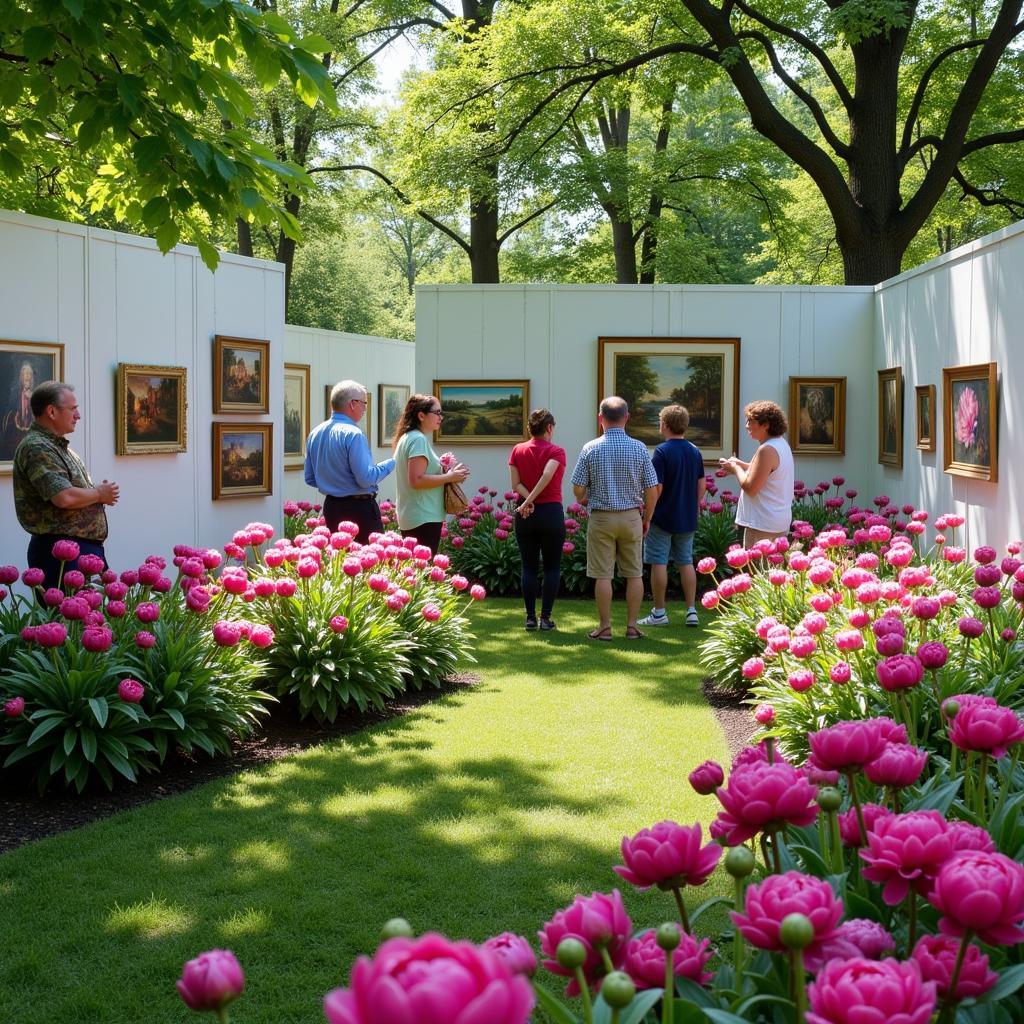Exploring the Magic of Medieval Christmas Art
Medieval Christmas Art offers a captivating glimpse into the religious and cultural significance of Christmas during the Middle Ages. From illuminated manuscripts depicting the Nativity scene to intricate carvings adorning church walls, these artistic treasures reflect the deep devotion and artistic skill of the era. Let’s delve into the rich symbolism and unique characteristics of medieval Christmas art.
The Nativity Scene: A Central Theme in Medieval Christmas Art
The Nativity scene, depicting the birth of Jesus Christ, was a ubiquitous theme in medieval Christmas art. Artists often portrayed the Virgin Mary, Joseph, and the infant Jesus in a humble stable, surrounded by adoring angels and shepherds. These depictions served as visual reminders of the Christian faith and the miraculous event of Christ’s birth. The artists often incorporated symbolic elements, such as the star of Bethlehem and the gifts of the Magi, to enrich the narrative and convey deeper theological meaning. art-and-jesus
Symbolism and Iconography in Medieval Nativity Scenes
Medieval artists employed rich symbolism to convey complex theological concepts within their Nativity scenes. The ox and donkey, often present in the stable, symbolized the Jews and Gentiles who accepted Christ. The star of Bethlehem represented guidance and hope, while the gifts of the Magi – gold, frankincense, and myrrh – foreshadowed Christ’s kingship, divinity, and eventual sacrifice. The use of color also played a significant role, with blue often representing Mary’s purity and gold signifying divine glory. These symbolic elements added layers of meaning to the artwork and invited contemplation and devotion.
Beyond the Nativity: Other Christmas Themes in Medieval Art
While the Nativity dominated medieval Christmas art, other themes also emerged. Images of the Adoration of the Magi, the Annunciation to the Shepherds, and the Flight into Egypt provided further visual narratives related to the Christmas story. These scenes allowed artists to explore different aspects of the narrative and showcase their artistic versatility. christ-the-king-in-art Medieval art often depicted Christ as a king, particularly in Majesty depictions, which might be connected to the Christmas feast of Christ the King.
The Influence of the Church on Medieval Christmas Art
The Church played a pivotal role in commissioning and shaping medieval Christmas art. Frescoes, stained glass windows, and altarpieces often depicted Christmas themes, serving to educate and inspire the largely illiterate population. The Church’s influence ensured that these artistic expressions adhered to established doctrines and emphasized the religious significance of Christmas.
What were the common art mediums used for medieval Christmas art?
Medieval Christmas art employed various mediums, including illuminated manuscripts, frescoes, stained glass, sculptures, and panel paintings. Each medium offered unique possibilities for artistic expression and contributed to the rich visual landscape of the era. The choice of medium often depended on the intended location and purpose of the artwork. medieval-art-angels Angels are prominent figures in medieval Christmas art, especially surrounding the Nativity. They symbolize the divine messengers who announced Christ’s birth.
How did medieval Christmas art differ from earlier Christian art?
Medieval Christmas art developed a distinctive style compared to earlier Christian art. The influence of Gothic architecture, with its emphasis on verticality and light, is evident in many artistic representations. The increased use of realism and naturalism in depicting human figures also marked a departure from earlier, more stylized representations. tree-landscape-art Trees and landscapes, while not always central, provide context and background in some medieval Christmas art, reflecting the evolving artistic styles.
Conclusion: The Enduring Legacy of Medieval Christmas Art
Medieval Christmas art continues to inspire and captivate audiences today. Its rich symbolism, artistic skill, and deep religious devotion offer a timeless testament to the enduring power of the Christmas story. These artistic treasures provide invaluable insights into the medieval worldview and the cultural significance of Christmas during that era. wooden-art-and-craft Wooden sculptures and carvings were also common forms of medieval art, sometimes used to depict Nativity figures or other Christmas themes.
FAQ
-
What are some key features of medieval Christmas art?
Key features include the focus on the Nativity scene, rich symbolism, vibrant colors, and the influence of the Church. -
Where can I see examples of medieval Christmas art?
Museums, churches, and art books offer excellent resources for exploring medieval Christmas art. -
How did medieval artists depict the Virgin Mary in Christmas art?
Mary is typically depicted as a serene and devoted mother, often wearing blue to symbolize purity. -
What role did angels play in medieval Christmas art?
Angels often served as messengers, announcing Christ’s birth and surrounding the holy family. -
What is the significance of the gifts of the Magi in medieval art?
They represent Christ’s kingship (gold), divinity (frankincense), and future sacrifice (myrrh). -
How did the Gothic style influence medieval Christmas art?
The Gothic emphasis on verticality and light impacted the composition and visual style of many artworks. -
What is an illuminated manuscript, and how was it used in medieval Christmas art?
Illuminated manuscripts were handwritten books decorated with intricate designs and illustrations, often depicting Christmas scenes.
For further assistance, please contact us at Phone: 02462573573, Email: danteum@gmail.com or visit us at Savico Megamall, 7-9 Đ. Nguyễn Văn Linh, Gia Thụy, Long Biên, Hà Nội 10000, Việt Nam. We have a 24/7 customer service team.



